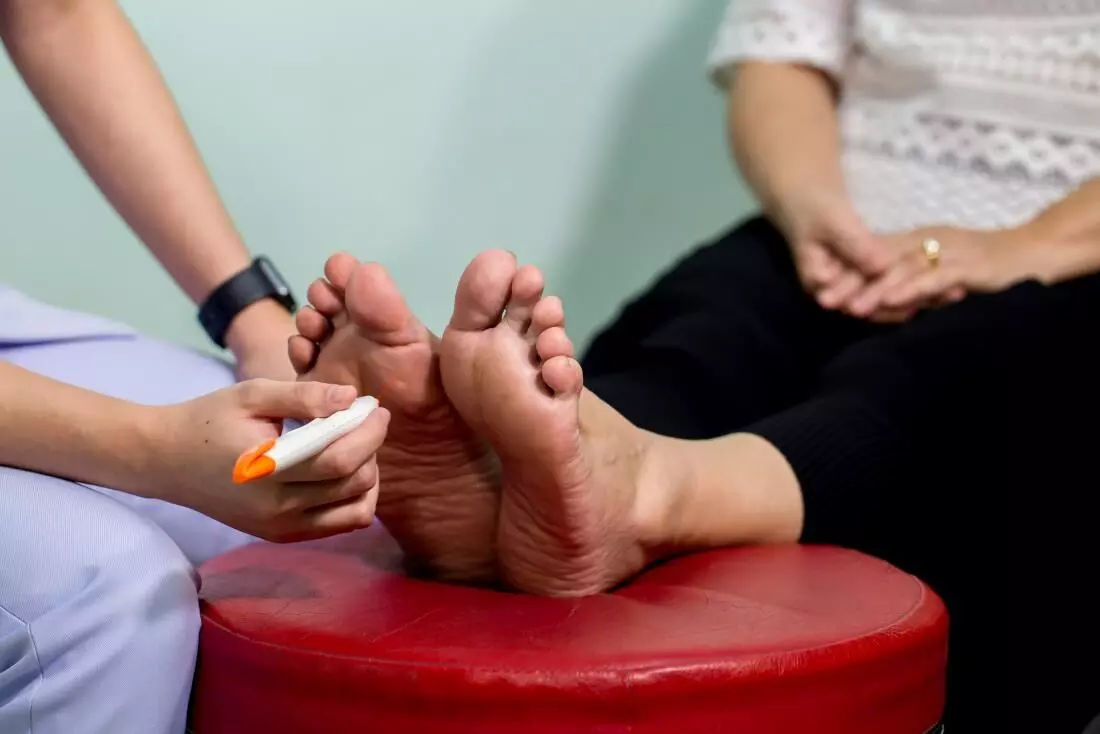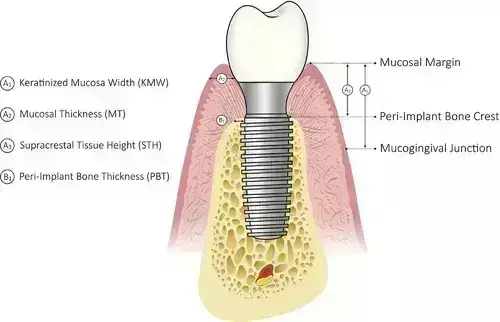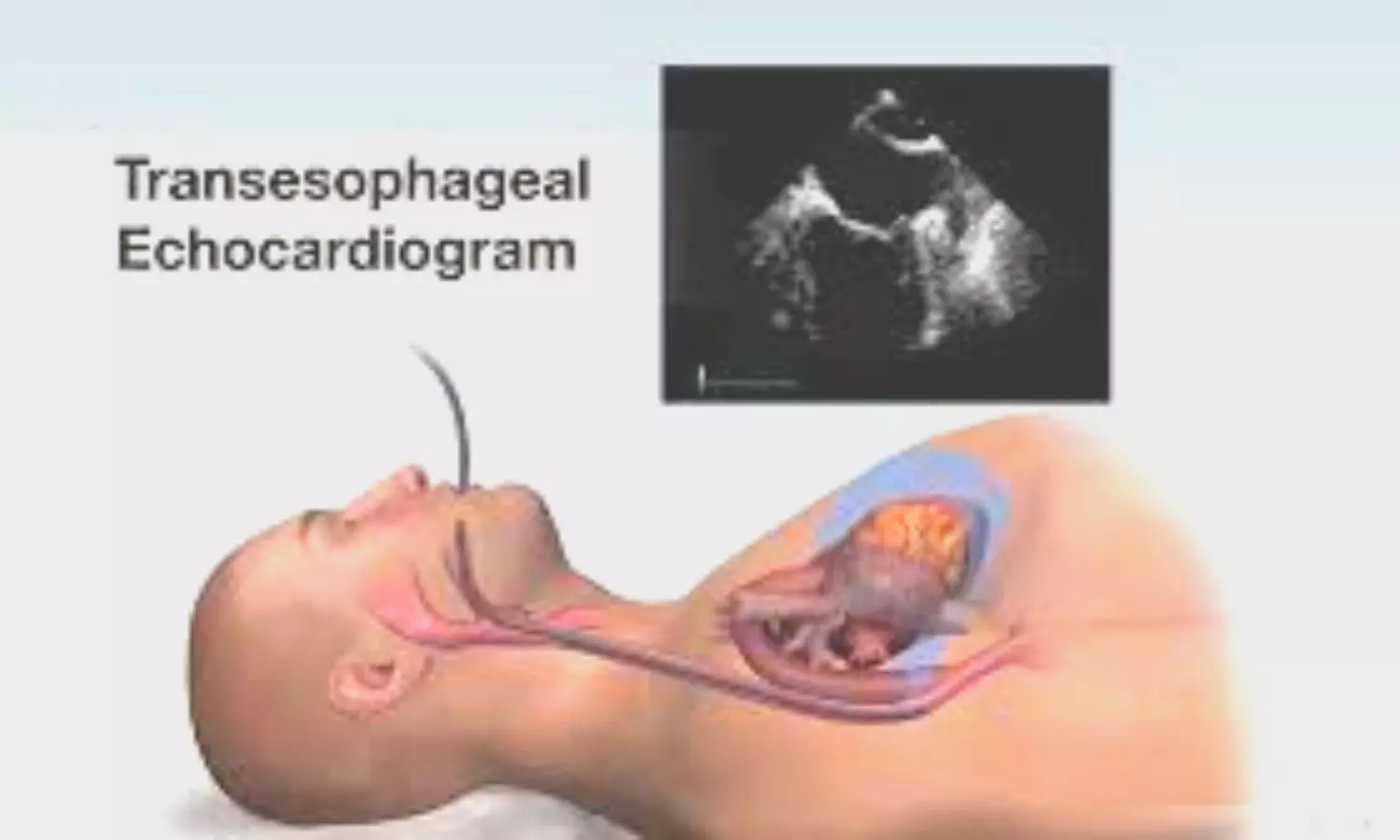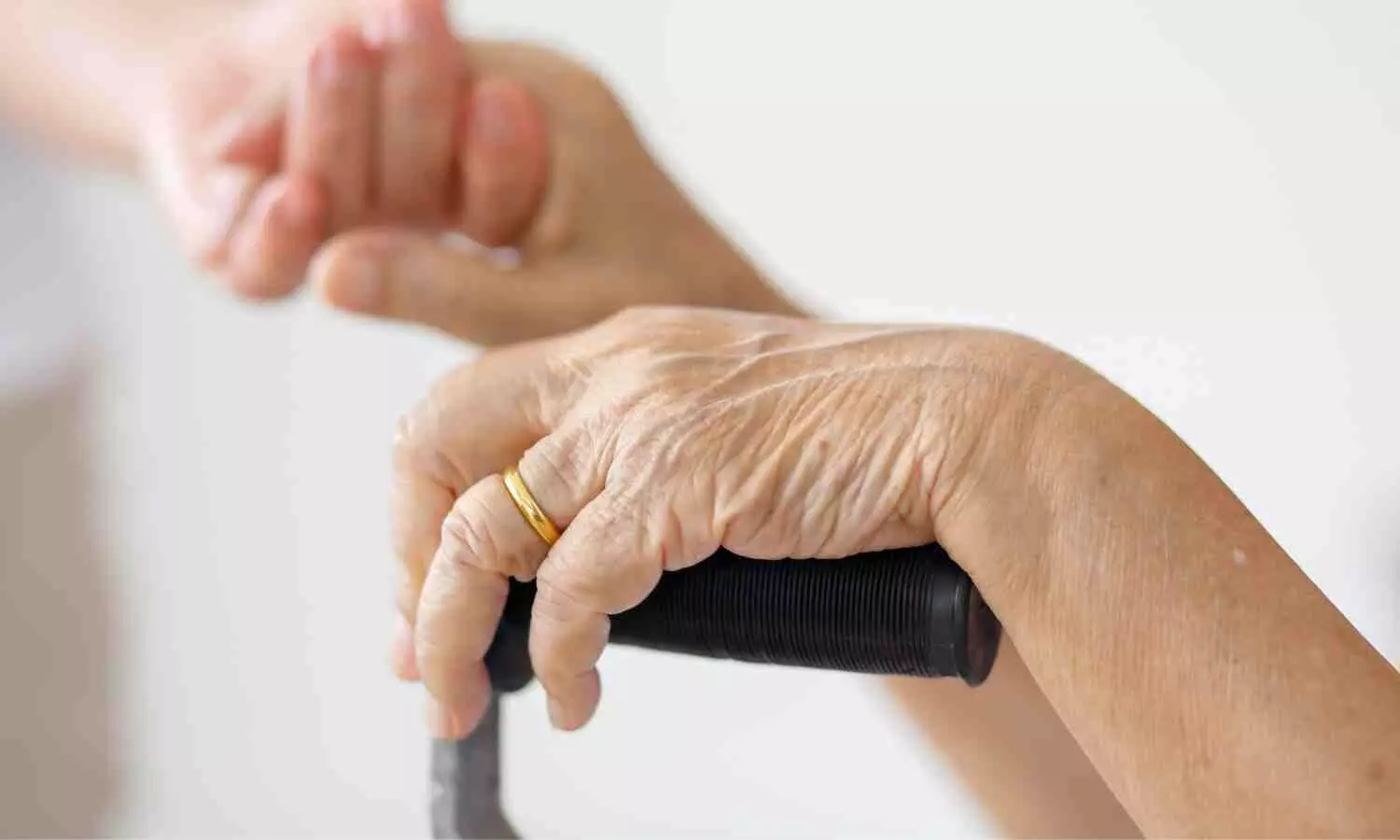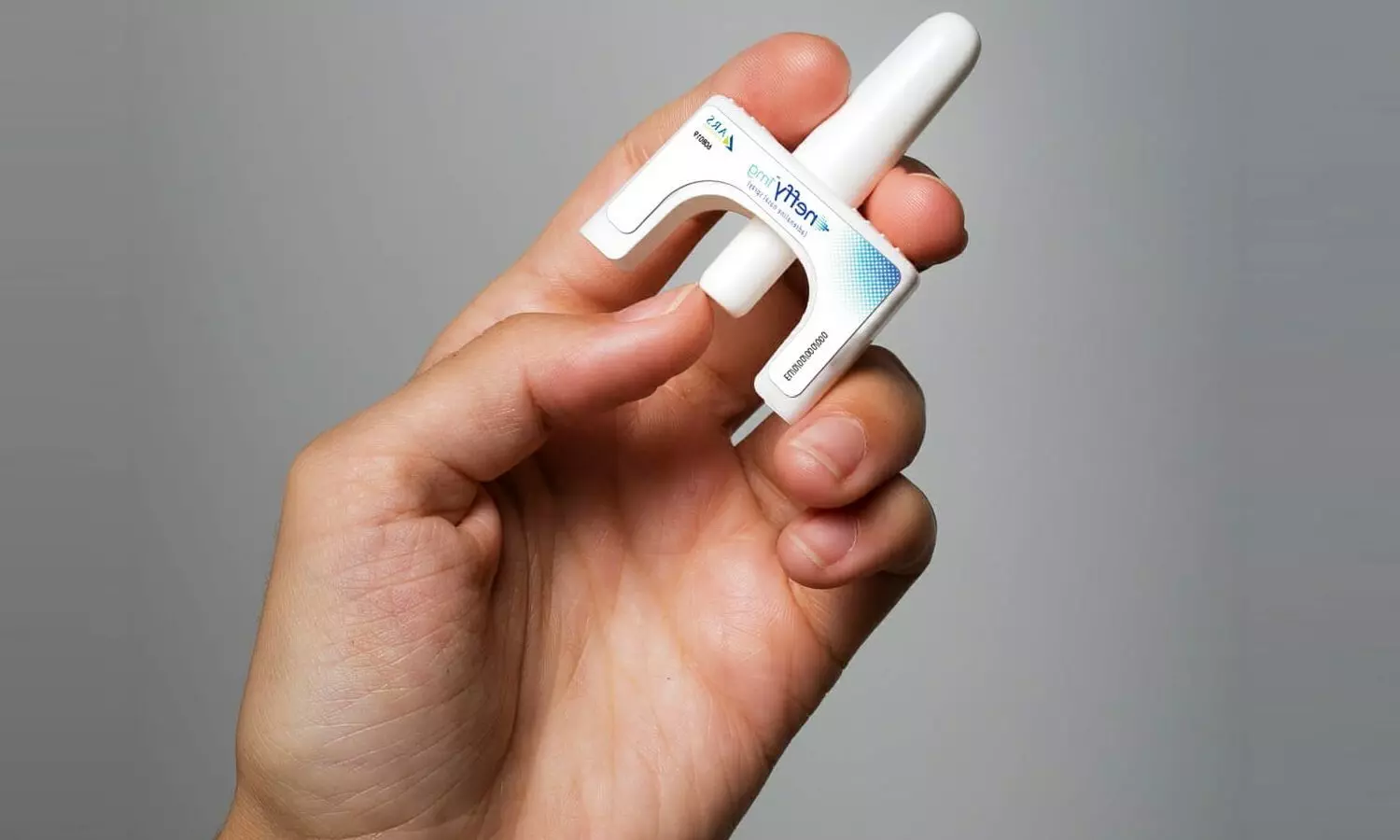Unlocking the Nexus: Vitamin D Deficiency and Nerve Health in Elderly Type 2 Diabetes Patients

In a groundbreaking investigation, researchers have delved into the profound interconnection between Vitamin D deficiency (VDD) and diabetic peripheral neuropathy (DPN) among elderly individuals grappling with type 2 diabetes mellitus (T2DM). This study, involving 257 elderly T2DM patients, presents compelling insights into the intricate relationship between Vitamin D levels and the development of peripheral nerve complications. It underscores the independent association between Vitamin D deficiency and an elevated risk of diabetic peripheral neuropathy in elderly individuals with type 2 diabetes mellitus.
The study results were published in the journal Diabetes Research and Clinical Practice.
The research meticulously employed propensity score matching to ensure a balanced representation across age, sex, and diabetes duration among the participants. Vitamin D deficiency, marked by serum 25-hydroxyvitamin D [25(OH)D] levels below 20 ng/ml, emerged as a focal point for scrutiny. Assessments included electromyogram evaluations for large nerve fiber lesions and skin conductance measurements for small nerve fiber lesions.
Findings:
- The outcomes painted a stark picture, revealing that individuals with diabetic peripheral neuropathy exhibited significantly lower serum 25(OH)D levels compared to their non-DPN counterparts (15.05 vs. 18.4 ng/ml, P = 0.018).
- What emerged as a critical revelation was the identification of Vitamin D deficiency as an independent risk factor for DPN, with a robust odds ratio of 2.488 (P = 0.008) discerned through multivariate logistic regression analysis.
- Spearman’s correlation further unearthed intricate associations between serum 25(OH)D levels and specific nerve parameters.
- Negative correlations were noted with specific nerve latencies, while positive correlations manifested with specific nerve velocities and amplitudes.
- Distinct characteristics were observed within the Vitamin D deficient group, showcasing prolonged median sensory nerve latencies and motor evoked potential latencies in contrast to their vitamin D-sufficient counterparts.
- This group also exhibited a tangible association with the extension of median motor nerve latency (odds ratio = 1.362, P = 0.038).
These findings underscore the independent association between Vitamin D deficiency and an escalated risk of diabetic peripheral neuropathy in the elderly T2DM population. The study suggests that Vitamin D deficiency may play a pivotal role in fostering the development of diabetic peripheral neuropathy, particularly by influencing large nerve fibers. As researchers unravel the intricate dance between Vitamin D and nerve health, these findings hold promise for targeted interventions and further research. Understanding the significance of maintaining optimal Vitamin D levels may prove instrumental in the comprehensive care and management of diabetic complications, offering a ray of hope for improved health outcomes in the aging population grappling with type 2 diabetes mellitus.
Further reading: Vitamin D deficiency increases the risk of diabetic peripheral neuropathy in elderly type 2 diabetes mellitus patients by predominantly increasing large-fiber lesions. DOI: https://doi.org/10.1016/j.diabres.2024.111585
Powered by WPeMatico

